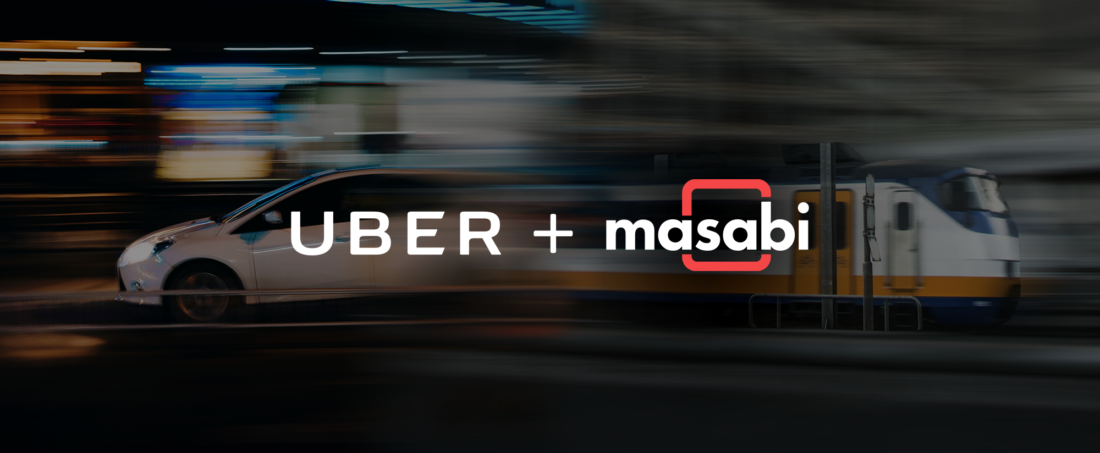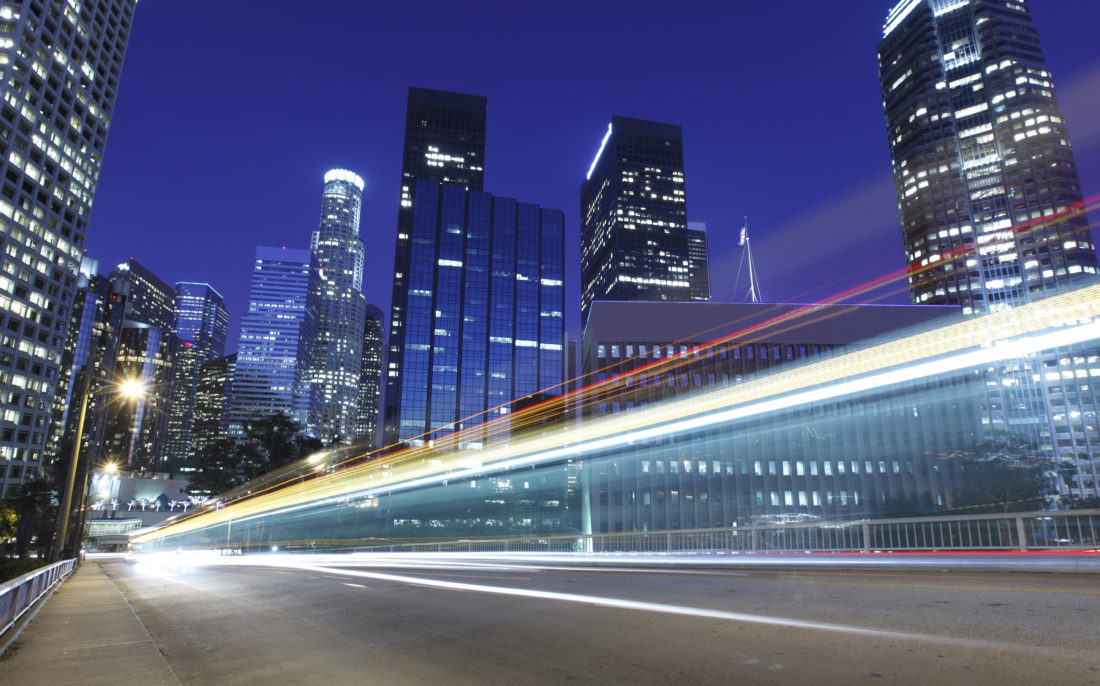Mobile ticketing’s payoff: Win-win-win
Local governments and public agencies are faced with a particular challenge when it comes to improving transit systems: The need for a highly visible win while remaining fiscally responsible. They need something that will grab the public’s attention easily and garner approval quickly without requiring huge expenditures on new equipment. Anyone who’s run a public transit system understands how difficult finding that win can be.
This is why mobile ticketing makes so much sense – the benefits it provides to riders are obvious and immediate. At the same time, there are additional advantages for public transit agencies and the governments that operate them in how mobile ticketing also builds in cost savings and paves the way for future improvements, making it a cornerstone for smart technology solutions.
Win No. 1: It Makes Transit Easier
The immediate benefit from implementing mobile ticketing, of course, is giving your citizens the ability to buy tickets anytime they need them, in an instant, no matter where they are. It also rewards them by giving back the time they would have spent standing in line at ticket windows or vending machines. Because this eases their travel through your city, that’s the first and most obvious win.
Additionally, this isn’t a technology you’ll have to convince people to use. Once it’s introduced, adoption will essentially drive itself. Consider New York City’s MTA, which debuted a mobile ticketing platform on its commuter rail lines in August. By December, MTA announced its riders had purchased more than 280,000 tickets, and 15 percent of weekly ticket purchases were being made through the app. Because mobile ticketing is app-based, it’s an extension of the most familiar tool in people’s lives, their smartphone. Once they see buying mobile tickets is as simple as tapping an icon, they’ll become your greatest promoters.
Win No. 2: It Increases Efficiency
When transit agencies implement mobile ticketing, it allows them to get rid of infrastructure and the associated capital and operational expenses it required. Vending machines can be removed over time, eliminating the cost of maintenance and upgrades and freeing space in your stations for better public-facing uses while the expense of providing physical tickets and handling cash can be significantly reduced. A great example of this is Boston’s MBTA who sell 60 percent of single commuter rail tickets through the app.
With that freeing-up of resources, transit authorities will be able to direct more resources to their highest priorities: New vehicles, updated stations, better maintenance – all the things directly involved in helping smooth people’s journey. Additionally, mobile ticketing captures data about usage patterns, sales trends and more, which allows agencies to be more responsive in their operations. Leveraging these elements makes a system run more efficiently, and that’s the second win.
Win No. 3: It Builds Public Trust
The third win is what comes after the public has embraced mobile ticketing and seen how their quality of life has improved: It’s the goodwill that is engendered toward future smart city solutions. Because the benefits of smart transit are obvious, citizens will immediately connect this use of taxpayer money with improved services and better quality of life.
Once people experience these benefits on a daily basis – how much easier their commute is, how the transit authority has reallocated budget and personnel to improve service and efficiency – they will be supportive of other smart city solutions, including those that don’t have the same kind of personal benefit, like smart lighting and utility metering. That will make it easier for governments to adopt the solutions that will be needed to address future urban challenges.
Mobility is at the root of everything in our lives, and cities that make mobility seamless will be poised for economic growth, as well as deal with issues like energy and environmental challenges. Mobile ticketing is the best first step toward smart transit, and one that pays dividends well beyond the convenience of never losing your paper ticket ever again.
This article first appeared in American City&County






